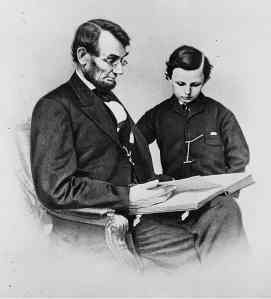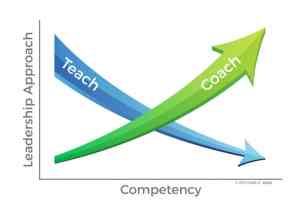Roger Osbaldiston, from the Global Student Led Movements team, sent this message in his recent newsletter with excellent ideas and motivation for strategic planning (the key tool for the Direction Setter) and Personal Development Plans (PDP). He has generously agreed to share his insights with us here. It is written for the student ministry context, but I think you’ll agree that the principles are great for any leader. You can watch the video or read below then check out the Direction Setter session of the Leadership Framework page for more help!
“In SLM we talk a lot about our Three Everys. Seeing the gospel available for every student, seeing a movement on every campus, and raising up leaders in every nation. And as you know, we often talk about our hockey stick goal–to see a spiritual movement on 50% of the world’s campuses by 2020.
One of the most important things that can help us reach these goals and accomplish our objectives is to have a good strategic plan and also to have good Personal Development Plans for our team, leaders, and staff.
Oftentimes, when we think about strategic plans, we start at point A and hope that we’re going to get to point B. A lot of leadership is how we take a group or team from A to B. Sometimes we think that is going to be a straight line. But the reality often is that when we begin our plans we encounter obstacles and challenges along the way that can make us feel like we’re going in circles. So a good strategic plan is one that has critical path steps that help us to make course corrections along the way. I want to talk about what it means to have a strategic plan for our SLM ministries in each nation.
Back in 2001 when I was the national campus leader for New Zealand, we were on four campuses and had about 22 staff. We had great dreams of expanding to new campuses and growing as a ministry, so we developed a strategic plan together. It was a process of engaging our leadership team and our local campus ministry teams in what it would mean to have a national strategic plan.
I really believe its important for every national campus ministry to have a national strategic plan. We put together a plan, and I’ve brought it with me; It was something that was super helpful for us. We plotted out what our current reality was, we thought about our mission and goals, and we planned out the steps that would take us where we needed to go. What was encouraging was that over the next five years we accomplished each of those objectives, and we grew from 22 staff to 65 staff and we expanded from four campuses to seven campuses across the country. I don’t believe we would have achieved that unless we had a strategic plan to work from.
So I believe the first and most important step is developing our strategic plan. It’s a consultative process of seeking the Lord and bringing our team together to come up with a plan and write it out.
The second part is then using that plan. One of the thing we did when we developed the plan in New Zealand was that when we would meet together as a team, we made each of our agenda points the critical path step points of our plan. We had seven critical path steps on our plan and those became our agenda. We would work through each of those pieces making adjustments as we went. In that way, we were able to make the strategic plan rather flexible.
The third thing I want to add is the importance of linking the Personal Development Plans of our staff and teams with our strategic plan. I was encouraged this year while visiting with our East Asia Opportunities leadership. They showed me their strategic plan, and we walked through it together. Then they showed how parts of their strategic plan could be connected with the personal plans of their staff. I thought it was genius.
As staff we are all encouraged to have a plan which includes Critical Mission Objectives (CMO) and Key Development Assignments (KDA). When you think about your strategic plan, think about components of that which can be involved in our personal development plans as staff.
To recap: we must develop [strategic] plans, work them into our agendas, and link them to our [personal development] plans. I think as we do that we’re going to continue to move towards our goals and objectives together.
Thank you so much for all you’re doing as we seek to reach the students around the world. I’ll be praying for you as you develop your own strategic plans.”
How are you doing with leading your team through strategic and personal development planning?










在〈The Plans of a Leader〉中有 1 則留言
Thanks Terry and Roger. The development of the people and team is actually an intentional part of the plan! And the team being part of the formation of the strategic plan is also developmental. When you did that, I’m sure people felt valued rather than used to accomplish a vision. Really loved all this thinking Roger! And Terry for finding this and making the connections!
On my team, we are all involved in making the strategic plan. Each person in in charge of a specific path step. In a sense, they are the “team leader” for that task or path step. I see my job as team leader to come along side them as coach and developer to help them accomplish their vision. Having them lead in the path step does not mean they do all the tactical work. They lead that path step which requires that they practice all the roles of a leader. They need to set direction, be a change agent to overcome obstacles, coach others who might be taking on a particular tactic or task. They have to cast vision, formulate strategy with their team, motivate, etc. So I end up using the strategic plan to develop the people on my team rather than using the people to develop the plan. It is a subtle difference but makes a big difference in how I think about people.